SEARCH






|
|
|
|


By Feiya Zhang
Photographs by Yan Zhang
Published the 14th of August 2020
Grand networks of piercing peaks rise like majestic altars to heaven.
Decorated in perpetual snow, the Himalayas have long inspired mountaineers to undertake a journey of physical endurance and mental grit, pushing the strength of their spirits to reach the snow-covered summits.
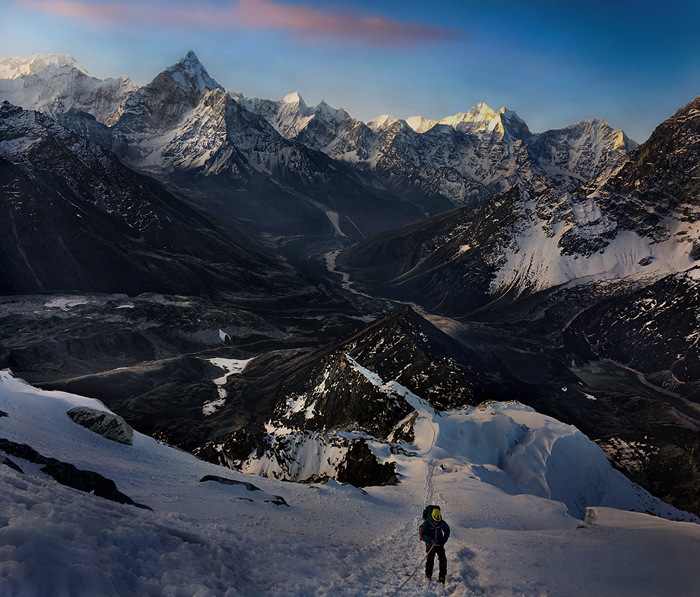
Yan steadily climbing the slopes of Lobuche East Peak.
It’s 1:30 a.m. on an icy May morning in 2019 when photographer Yan Zhang wakes. He breathes quietly in the darkness of the small tent, already preparing his mind for the arduous journey ahead. It’s minus fifteen degrees Celsius outside in the rugged Khumbu region of north-eastern Nepal; a meeting place of wide rocky terrain, towering snow-peaked mountains and glistening icefall. Khumbu glacier, the world’s highest glacier, is close by. Less than ten kilometres away is the infamous Mount Everest towering at 8, 848 metres above sea level.
It’s taken Yan nine days to reach Lobuche Base Camp from the trail-head of the Everest Base Camp (EBC) trek starting in Lukla (a small Nepalese town known for having one of the most dangerous airport runways in the world). Here, the elevation is 4, 940 meters with oxygen levels around half of what is present at sea level. The rocky backdrop of the settlement is starkly contrasted by the bright moving colours of alpine jackets. For the past eight months, Yan has been intensively preparing for the Lobuche East summit.
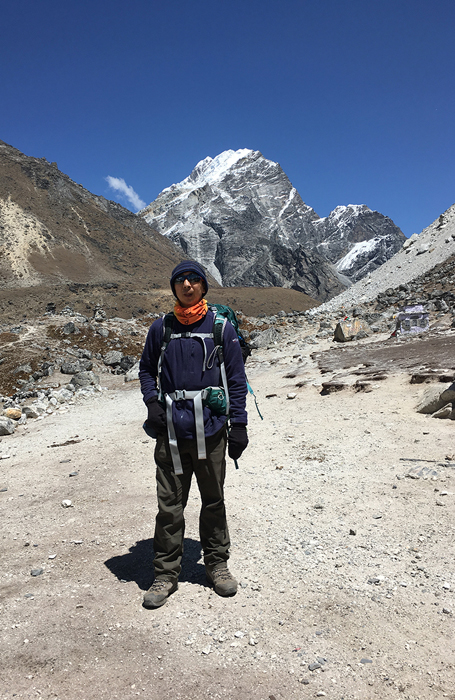
After 7 days of trekking through the Khumbu valley, Lobuche East Peak finally comes into view.
Now, he’ll find out if the preparation was enough.
At an elevation of 6119 meters, Lobuche East is no easy summit.
It’s a technical climb requiring a solid level of fitness and mountaineering skills. The ascent requires the climber to use crampons, an ice axe and fixed rope to assist in navigating the exposed and constantly changing mountain environment.
At 56 years of age, Yan knew Lobuche East would push him to the limit of his physical endurance. It would also put his modest mountaineering skills to the test.
Yan started mountaineering five years ago.
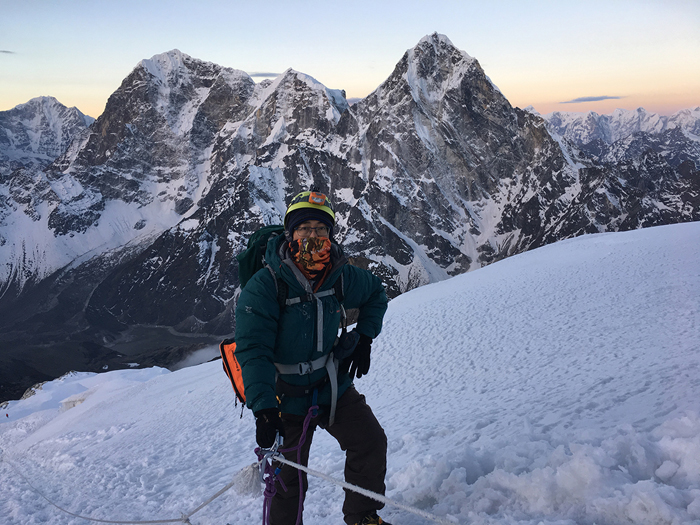
The sun rises over the mountain peaks as Yan continues on route to Lobuche East summit.
“At the beginning, I was climbing mountains because of photography,” he says, “but then I fell in love with them.”
A self-taught photographer, Yan started practising photography by waking up at the crack of dawn and driving to the scenic grounds of Western Sydney University. He is a professor at the university and still lectures students in computer science, as well as leading his own research team in the field of Artificial Intelligence (AI). But back then, very few of his work colleagues were aware of his early morning expeditions.
For months, Yan would set up his camera in front of a lone willow tree and wait patiently for the glow of sunrise to illuminate it. The perfect shot would capture the resplendent character of the tree, stark against the colours of a changing sky.
That was eleven years ago, and the willow tree (which became something of an icon once Yan’s photography started garnering national attention) is no longer there.
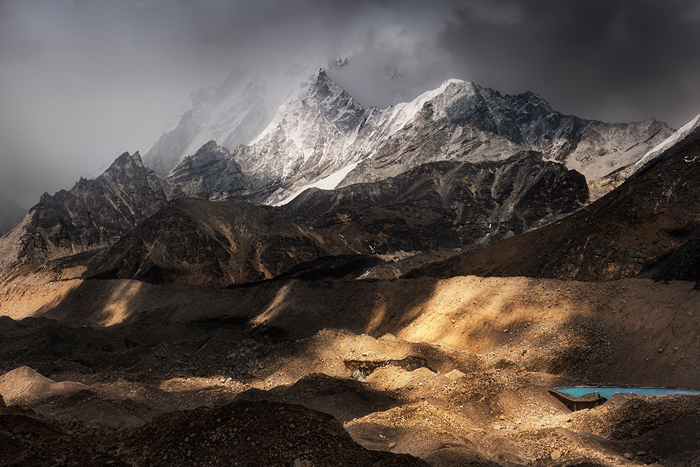
Jagged peaks on EBC Trek route.
But Yan’s dedication to the technical excellence of his craft remains as strong as ever. The attention to detail, careful preparation and planning, and grand vision is something he has transferred across to mountaineering.
The mountains have the ability to shape us is Yan’s favourite quote. It has a particular resonance for him because he knows it to be true.
As a photographer, he feels compelled to capture the sheer magnificence of alpine landscapes; cascading ice fall, jagged snow peaks and glacial sculptures. There’s an elemental rawness to it, and an inescapable sense of deep reverence he feels when in the presence of such staggering monuments of nature.
“I feel connected to the earth when I’m in the mountains,” Yan tells me, “these days, I find myself craving to be climbing, surrounded by snow and ice.”
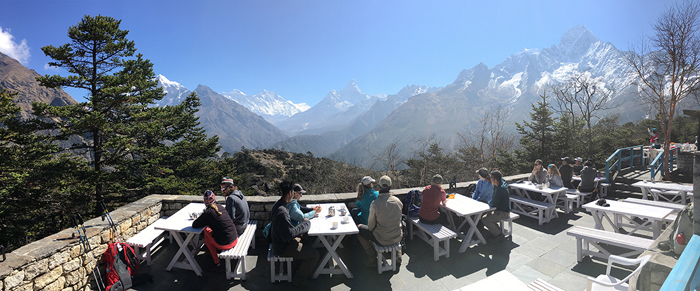
Namche is the last big town on the EBC Trek towards Everest Base Camp. From a viewpoint near Namche, one can see Mount Everest in distance.
The preparation he underwent to climb Lobuche East was rigorous.
For eight months, Yan juggled his full-time work schedule with an intensive training plan. He went to New Zealand twice to climb Mount Aspiring/Tititea (Glistening Peak), the only peak over 3000 meters outside the well-known Aoraki/Mount Cook region. But both his attempts to reach the summit were thwarted by poor weather conditions. When asked if this affected his confidence, Yan replied:
“It made me more nervous in the lead up to Lobuche.”
He also enlisted the help of a professional trainer to work on overcoming a previous mountaineering injury in his leg. This included leg strength and fascia training coupled with months of mandatory high-intensity aerobic exercises.
At night, Yan studied the Himalayan mountain terrain, reading books by mountaineers: Aoraki Tai Poutini, Everest Pilgrim, Savage Arena and The Shining Mountain. He became well-versed in the risks of alpine mountaineering; high-altitude sickness, avalanches, unpredictable weather and injury.
“At high altitudes above 5, 000 metres,” Yan explains, “any small problems in the human body will be magnified.”
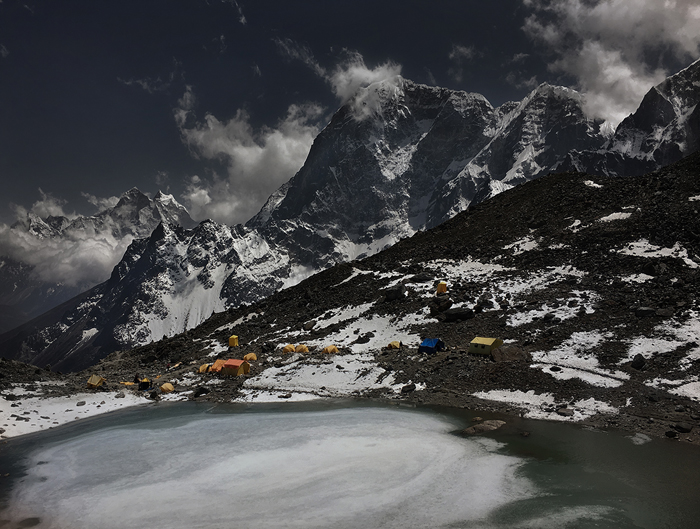
A view of Lobuche Base Camp nestled at the foot of the mountain peaks.
He experiences this first-hand on the Lobuche East climb.
After departing from Lobuche Base Camp at 2:10 am, the steep uphill climb towards Lobuche East summit begins. At this hour, stars are still shining in the sky and the snow-peaked mountains are hidden behind the slate of night. It’s a quiet and peaceful hour. A team of six Czech climbers joins Yan and his mountain guide on the starting route.
Powerful lights of the headlamps guide the climbers forward.
Nima, Yan’s mountain guide, is a local Sherpa whom Yan completely trusts. Yan tells me it’s critical to establish good communication and complete trust in your guide. When things go wrong, you hope your instinct and training kicks in. But when you inevitably come face to face with your own mental obstacles, you need someone you trust who can offer encouragement.
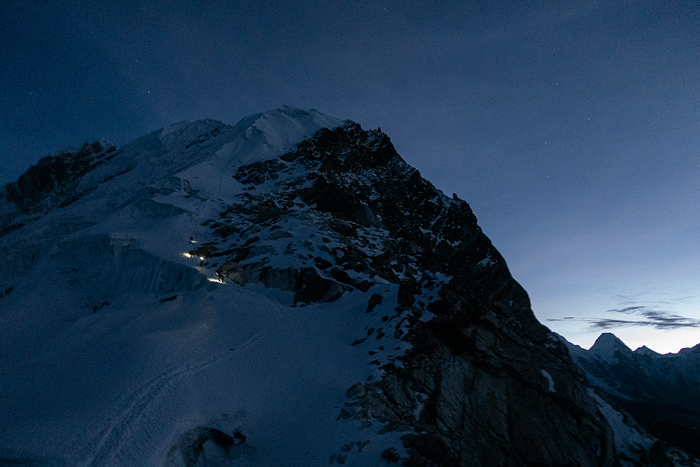
Headlights on the mountain slope reveals the Czech team advancing on the Lobuche climbing route.
Nima was that trusted person, when, at 5,000 metres above sea level, Yan started having heart palpitations. The mixture of extreme coldness and intense exertion suddenly takes a toll on Yan’s body.
Yan remembers shouting to Nima: “I- I - I, want to, res- rest.”
He couldn’t even finish the sentence.
Disheartened is how Yan would describe the feeling in that moment. He’s struggling to speak and he cannot walk without gasping for air. Easily, the summit slips out of his reach. Doubt swiftly sets in; a hard thing to shake.
Yan still has seven hours of hard climbing ahead of him - if he wants to reach the summit and safely return. Nima assesses the situation, frowning. He knows the body can sometimes freak out due to the extreme temperature and the initial lack of warmth in the muscles. The key is: as long as the mind doesn’t freak out, all is well.
“Don’t worry,” Nima finally says, “we have time.”
They stop to wait for Yan’s heart to calm down. Luckily, it does. But that experience almost shatters his confidence. With residues of doubt in his mind, Yan begins climbing again.
Soon, a rhythm overtakes his body. His breathing falls into a steady pattern and he focuses on navigating his feet across the rocky and icy terrain. With an ice axe clutched in one hand, and rope in the other, Yan forces himself to stop thinking about his near collapse. The sun is coming up and the mountain peak suddenly looms dangerously in front of them.
You have to stay very focused and in tune with your body when you’re climbing. If your mind wanders, you can find yourself stumbling after a careless foot fall, dismissing early signs of high-altitude sickness and even losing track of the weather and the time. Getting caught in the mountains at night is an utter nightmare.
But Yan has luck on his side and Nima, his trusted mountain guide.
There are no more mishaps, no injuries or sudden weather changes. Nima is grinning from ear to ear: amazingly, they’ve caught up to the Czech team. At the final 600 metre fixed rope stage, Yan musters his strength to labour up the final stretch of steep slope, closing the distance between himself and the summit. After four and a half hours of climbing, he has reached the peak of Lobuche East.
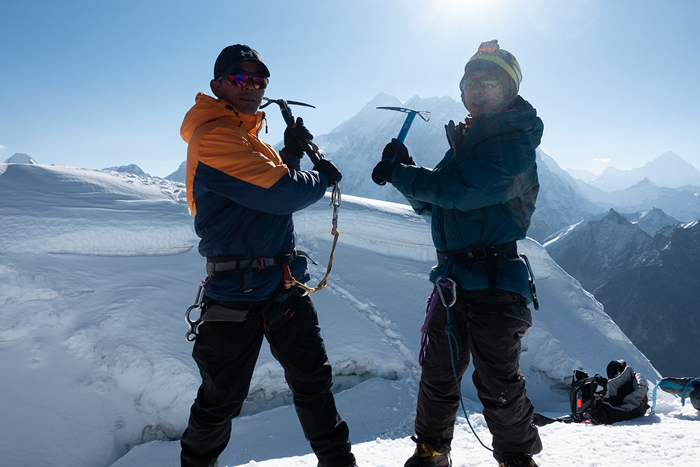
Yan and Sherpa Nima on the summit of Lobuche East Peak.
Yan took a Sony XR100 V camera with him to capture the moment.
When I ask him on the phone what that moment felt like, he pauses.
“I really cannot describe it,” Yan tells me in a quiet voice, “the feeling of reaching the summit at the end of a long journey. It’s been my greatest achievement.”
There were four teams climbing Lobuche East Peak that day. When Yan and his guide Nima arrive safely back to the base camp at 9:40 am, they receive a standing ovation. Not only were they the first team to complete the entire climb, Yan was also the most senior climber in the group.
As a self-taught photographer who went on to capture internationally acclaimed award-winning photographs, Yan has achieved what many photographers dream about. Now, as a man who only started mountaineering in his fifties, reaching this summit has eclipsed even his own dreams of what is possible. I can still hear the wonder and gratitude in Yan’s voice after the phone call ends. Reaching this summit has opened up another horizon of possibilities.
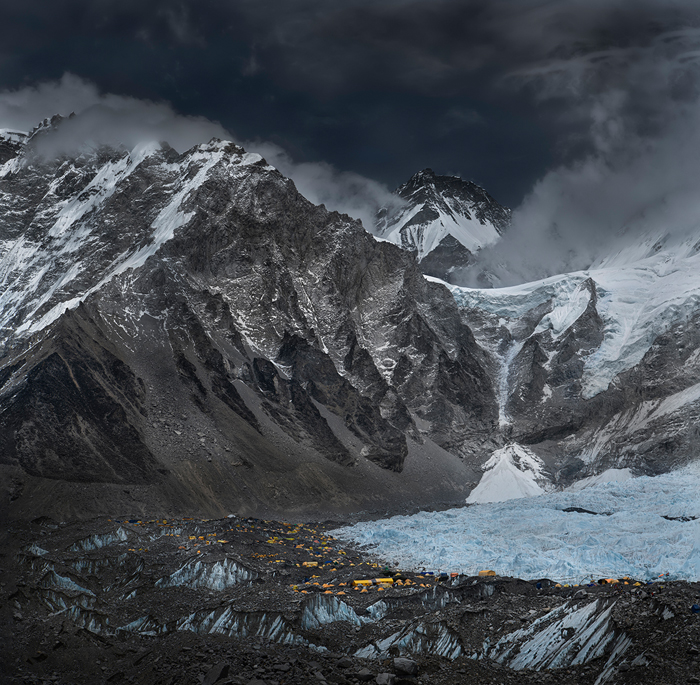
After successfully completing the Lobuche East climb, Yan spent the next seven days trekking the EBC route. He visited Everest Base Camp and captured this stunning image of the campsite at Khumbu glacier.
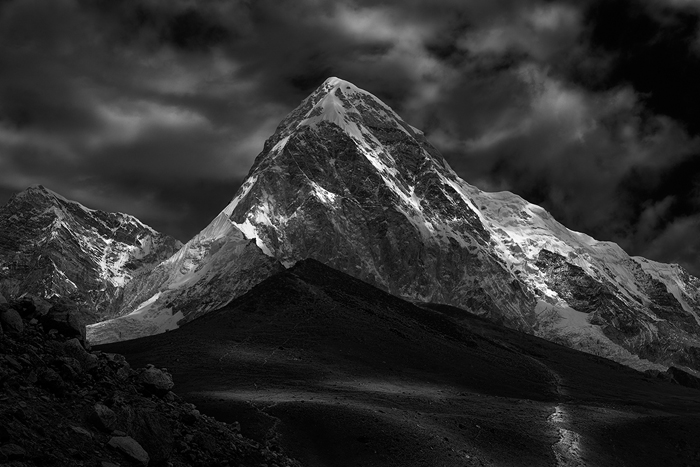
The giant 7161 meters Pumori Peak towering over the EBC trail, only 8km west of Mount Everest.
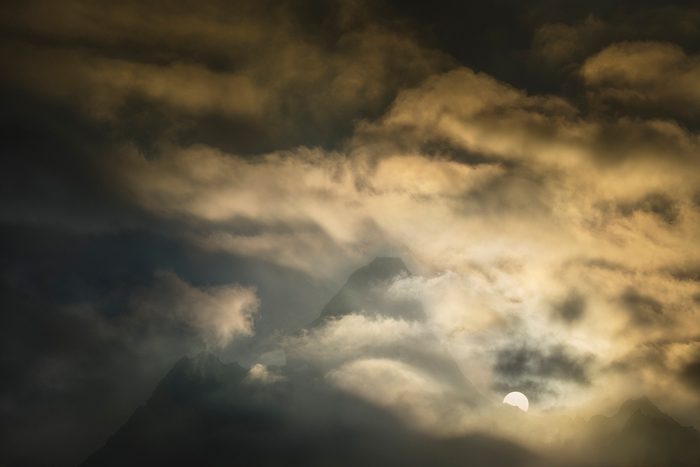
The 6,812 meters Ama Dablam dominates the eastern sky for anyone trekking to Everest Basecamp.
Ama Dablam means “Mother’s necklace”.
THE END
About the Author:
Feiya Zhang is a writer with a background in science. She is a past winner of the Lane Cove Literary Award and the Parramatta SciFi Short Story Award.
About the Photographer:
Yan Zhang is a professor of Artificial Intelligence in Western Sydney University. Yan is also an award winning landscape photographer, an outdoor and mountaineering enthusiast. Yan has published his photographs and photo-stories in various photography, geographic and outdoor magazines including New Zealand Geographic, Australian Photography, Australian Geographic, Practical Photography, The Climber, etc.
 | Write |
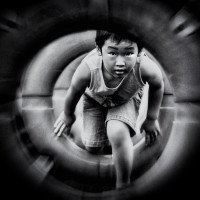 | Despird Zhang Amazing story congrats to you Professor Zhang! Thank you Yvette for the article! |
 | Norbert Maier PRO Outstanding!!! |
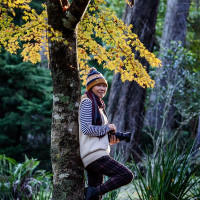 | Xiaomeisunoz Fantastic story and photos. |
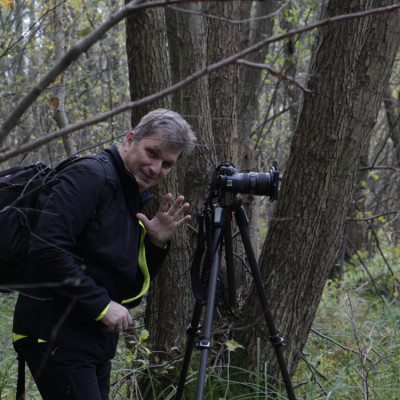 | Slawomir Kowalczyk AFRP IAAP CREW Very interesting story not to mention excellent photos. Congratulations and best regards. |
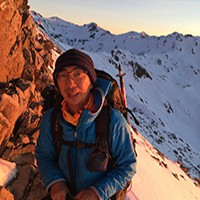 | Yan Zhang CREW Thanks Yvette for your editing and publishing this photo story. Have a nice weekend. |
 | Yvette Depaepe CREW My pleasure, Yan ! |
 | Yvette Depaepe CREW Congratulations to the author and photographer!!! Impressive report showing how a passionate mountaineer can push his limits. Many thanks for sharing in the 1x magazine, Yan. Cheers, Yvette |